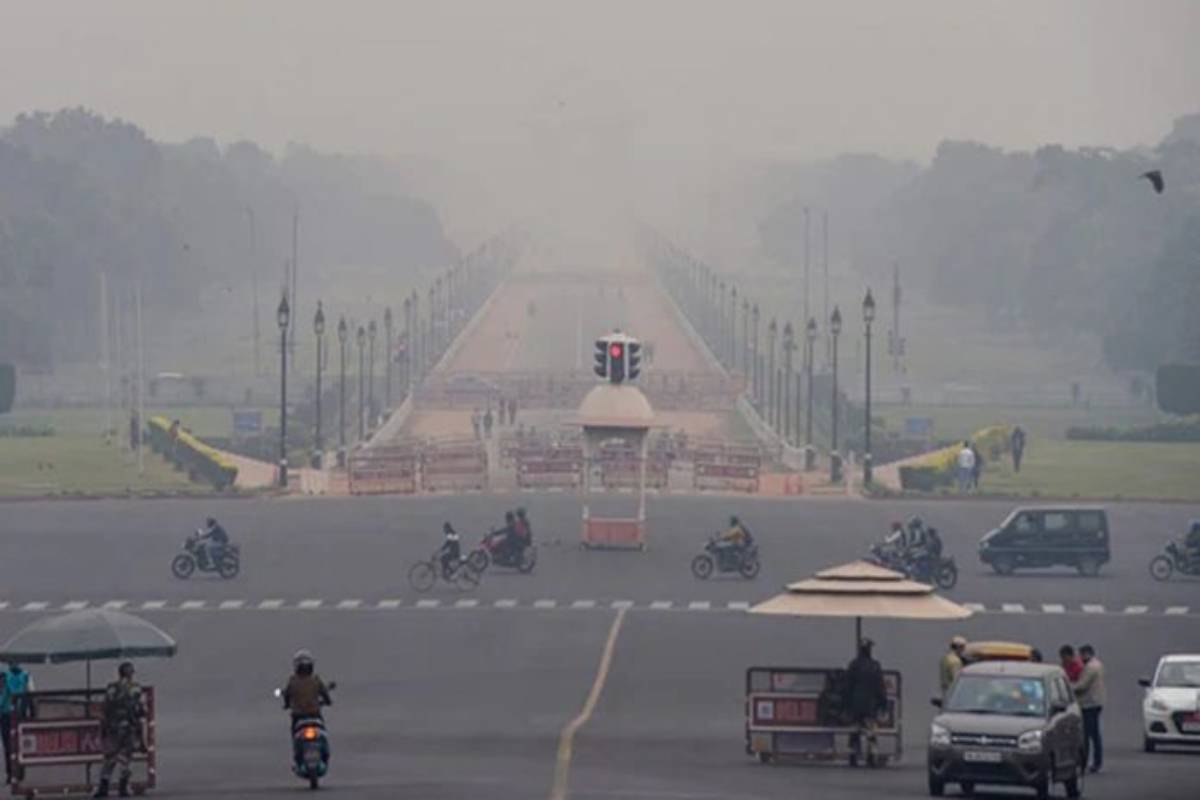Delhi’s average Air Quality Index (AQI) on Wednesday witnessed a marginal improvement of 46 points, however it remained in the ‘very poor’ category.
According to the Central Pollution Control Board’s (CPCB) daily AQI bulletin based on the average of the past 24 hours, released at 4 pm on Wednesday, Delhi’s index value pegged at 303.
Advertisement
PM 2.5 and PM 10 were the prominent pollutants in the city’s air, as per the observations from across 38 air monitoring stations in the city located at different areas.
The worst affected areas with air pollution in the city were Shadipur with an AQI reading of 372 at 4 pm and Mundka- 356.
There was no area that recorded AQI levels in the ‘severe’ category on Wednesday, which means AQI levels above 400, as per CPCB’s bulletin.
According to the Indian Institute of Tropical Meteorology’s (IITM) Air Quality and Weather Bulletin for Delhi, “The air quality is likely to be in the Very Poor category on 27.11.2024. The air quality is likely to be in the Very Poor category from 28.11.2024 to 30.11.2024. The outlook for subsequent 6 Days: The air quality is likely to be in the Very Poor category.”
Meanwhile, Restrictions under the Graded Response Action Plan (GRAP) of the Commission for Air Quality Management (CAQM) remain implemented across the national capital for mitigating the pollution levels.
Anti smog guns along with several other anti- pollution measures initiated by the concerned departments remain in action amid the bad air situation in Delhi.
According to the CPCB, air quality under the ‘very poor’ category may cause respiratory illness on prolonged exposure, while the situation remains unsuitable, especially for those with existing pulmonary conditions.











